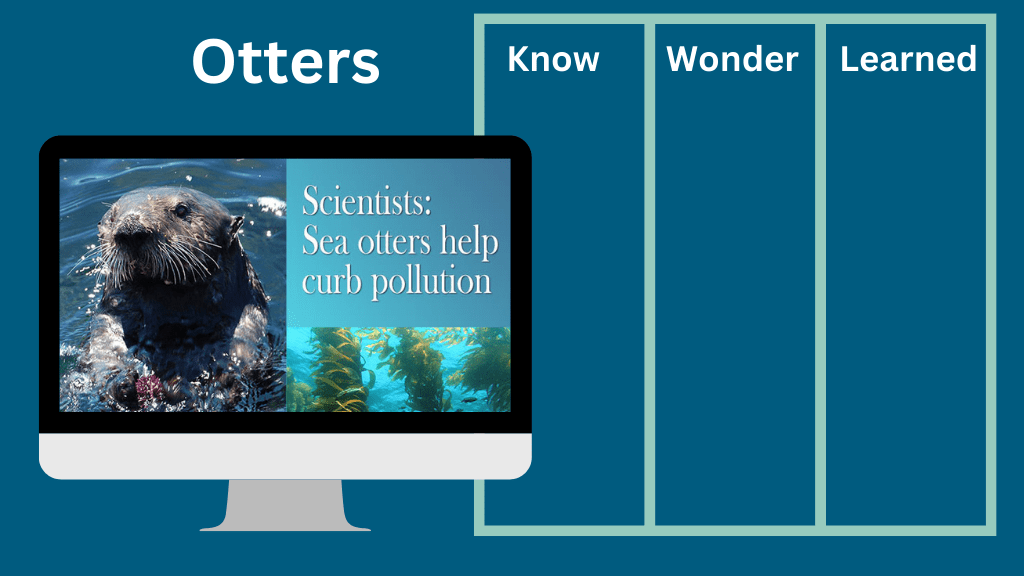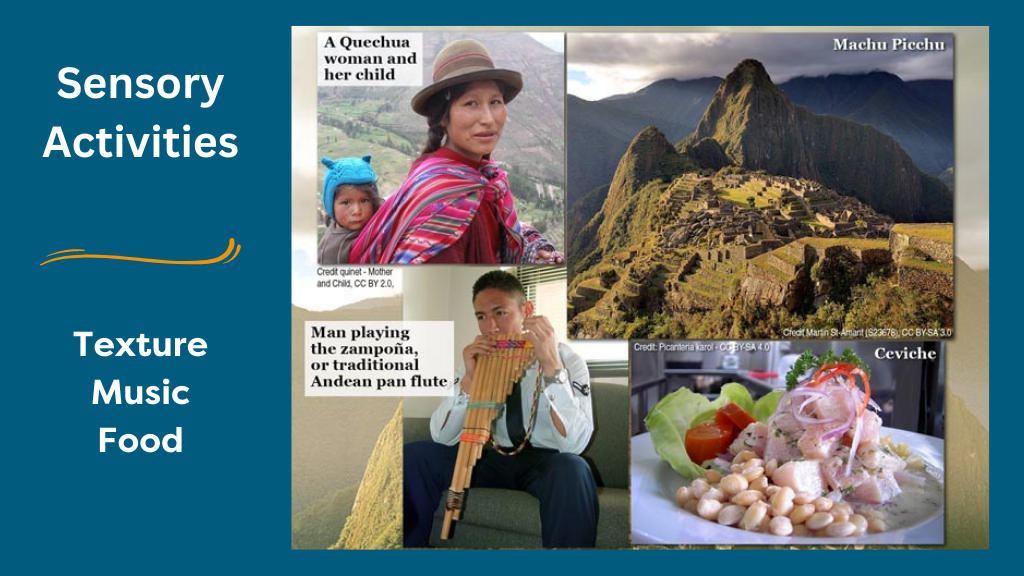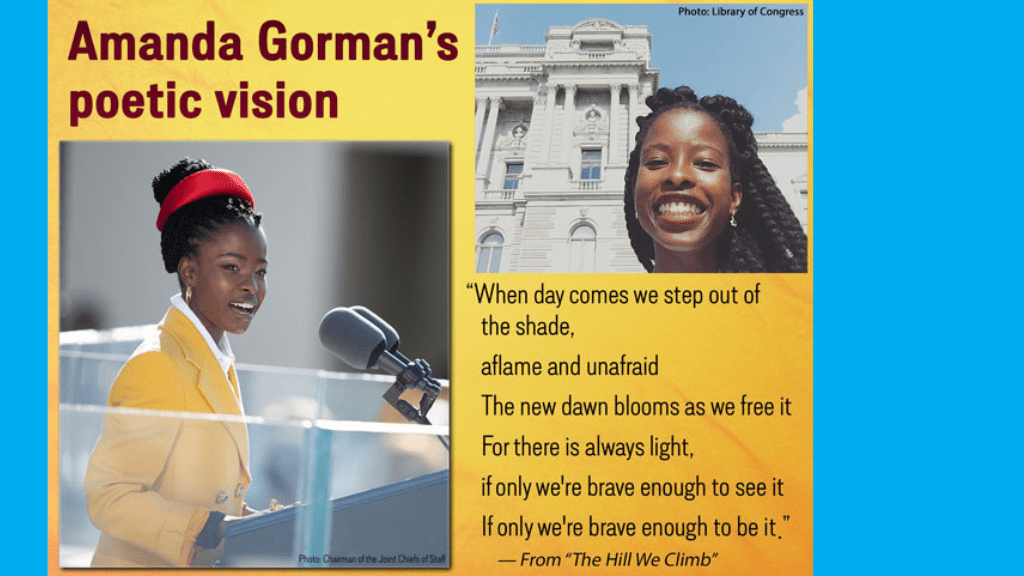15 Practical Strategies for Educators to Build Background Knowledge
Building background knowledge is crucial to understanding. When learners have a prior grasp of the context and vocabulary of a subject, reading comprehension comes more easily.
It makes sense. Reading that article about climate change is a lot easier when you’ve already heard terms like “greenhouse gas” and “fossil fuels.” The same goes for when you’re helping your child with their literature homework on a book you’ve already read.

Learners with background knowledge on a subject are more likely to have better recall and recognition of important ideas in text on that subject. Moreover, children who know more about the world and have a broad base of background knowledge are more likely to have good scores on reading tests.
But what can educators do to build background knowledge with their learners?
Here are 15 practical strategies for building background knowledge.
Assess prior knowledge
- Stream of consciousness. Set a timer for 5 minutes and have learners write everything they know about the subject without stopping. Don’t worry about grammar or spelling. The goal is to “brain dump” everything they know about the subject onto paper.
- The KWL method. This is a popular formative assessment strategy that prompts learners to fill in columns at the beginning, middle, and end of a lesson in the categories of know, want to know, and learned.
- Short quiz. Develop a short, basic quiz on the subject to assess prior knowledge of major themes and key vocabulary.

Create sensory experiences
Incorporating sensory activities into lessons provides learners with an immersive way to explore something new. These strategies can be especially helpful with experiential learners. Utilizing all 5 senses takes a wholistic approach and creates a uniquely memorable experience. These strategies can vary greatly depending on subject matter, grade level, and sensory learning needs, but here are a few ideas to get started.
- Explore textures. Bring in items that learners can touch and feel. Ex: different types of rock for a geology lesson, fabric for a history lesson on clothing, oranges for a lesson on regional crops, etc.
- Music circle. Use instruments representative of a subject’s theme or time period. Have learners play the instruments and explore how they feel and sound.
- Snack time. Food can be a great way to bring lessons to life. Research easy snacks that appear in a story you’re reading or played an important part in a historical event.

Real or virtual field trips
- Google Arts & Culture. This is an incredible resource that provides access to content from cultural institutions and artists from all over the world.
- Discovery Education. This gives educators tools to create an engaging learning experience, including live virtual field trips.
- 360 Cities. Explore 360-degree images and videos of places around the world that allow learners to travel the globe without having to step outside the classroom.
Guest expert speaker
- Local business owners. Contact local business owners whose work relates to your subject. Ask if they would be interested in speaking with learners about what they do.
- Everyday scientists. There are plenty of people who use science in their daily jobs, even if it doesn’t seem like it. A pastry chef needs to know exactly how combining different ingredients will react to produce the perfect dessert. A pharmacist has a wealth of knowledge on medications and how they work. A cleaner knows what chemicals to use to clean certain stains and surfaces. You get the idea.
- Other teachers. If you know another teacher who specializes in the subject you’re introducing to learners, ask if they would be willing to come in and give a guest lecture.
Culturally relevant activities

- Learners teach each other. Put learners in pairs to interview one another or do research activities. They will be able to share their stories and experience the social-emotional aspect of learning.
- Connect to world/local issues. Build your own background knowledge by doing research on world issues and local events impacting the community. Incorporate topics with similar themes into your lessons.
- Representation in learning materials. Review your materials and ensure there are diverse voices represented. Learners will connect more with lessons that they see themselves in.